|
Play is an essential part of how children learn and should not be marginalized in schools. This is the thesis of Sahlberg and Doyle’s new book, “Let the Children Play”. In science, we make time for playful investigations and playful designs. In our last session together, out came the Lego to express and describe plenty of imaginative ideas. Thus, we prepared ourselves for next term's syllabus focus: Design and Production.
0 Comments
 It's the 50th anniversary of Apollo 11 carrying the two astronauts who were the first to land on the moon. Thank you to the students who with skill and patience helped to complete the Lego model. Soon, this rocket will be carefully launched from the demountable to a new Science Lab and Maker Space within the school. Why is solid carbon dioxide called dry ice? Why does a pellet of dry ice on a warm spoon vibrate? What is that vapour we can see? If dry ice pellets are arranged around a burning candle at the bottom of a bowl, why does the flame go out? Demonstrations with dry ice always create drama and arouse curiosity. They are particularly relevant as we consider the properties of materials and how these change on exposure to heat.
One of the highlights of our excursion to Taronga Zoo was the Enclosure Workshop in the "Desert" habitat classroom. Lauren, the education officer, introduced us to some of the birds and animals which live in this cleverly designed space. We first noticed the budgies and finches flying right over our heads. A little later, two bilbies were coaxed out of their burrow by the sound of Lauren shaking a container with food. We learned that their long ears aren't just there to gather sound but are also involved in temperature control. The long snout and backwards facing pouch were other interesting adaptations. Go to the Australian Museum's page to read more about them. During the workshop, Lauren allowed us to touch a shingle-back lizard and a diamond python called "Tiffany". Many thanks to the parents who accompanied us on the trip. Thank you to Dace and Jo from the Hand Weavers and Spinners Guild for skilfully teaching Year 5 students about wool and how its fibres can be spun into yarn. We use the drop spindles and learn about other stages in the processing of wool, a wonderful and precious resource. If we have a sense of how much is involved in producing just one item of clothing -- labour, energy, water, costs to the environment -- then, perhaps, we'll make more sustainable choices as consumers and in the way we live our lives.
"There's science in them thar oranges!" Just a few hundred years ago, scurvy was a serious problem for sailors on long voyages. The wonderful story of vitamin C cannot be told without mentioning lemons, limes and oranges. In the 18th century, Dr Lind was able, through experiment, to realise that scurvy could be prevented by eating citrus fruits. In class, we work out what proportion of an orange can be squeezed out as juice and how many oranges we might need to make a litre. We learn how the volume of a piece of fruit can be measured by seeing how much water it displaces. This week, the Marist kitchen is at our disposal instead of the laboratory. It's a point of hygiene. That juice mustn't go to waste. Drink up! Thank you to Yu-Kai for looking after us in the lab and to Maxine for making us welcome in the kitchen.  It can be difficult to tell which kinds of fibres have been spun into a yarn or woven into a fabric. Is that yarn wool, cotton or a synthetic? Is that fabric linen or polyester? At the Marist laboratory, the children in Year 6 are keen to see how a burn test and microscopic observation can help distinguish one kind of fibre from another. They talk about their observations and record them. How did the swatch react to the flame? Which continued to burn after the flame was removed and which tended to self-extinguish? What was left after burning? And how did the fibres of two different textiles compare at 40x magnification? Many thanks to Prue who kindly supplied fibre samples for the children to examine.
Click on a photo to enlarge, use side arrow to scroll.
 At the end of a busy term, we have: finished our seedling experiment; learned about the features of some Australian native birds; modelled how beaks are adapted to the food they eat. The poster of Australian native animals remains to be completed and the Apollo V Rocket is still being constructed. Around the school, the recently captured photo of a black hole is the subject of speculation. We look forward to Easter! With a couple of sessions in the Science Lab behind them, the children have begun this semester to learn about the Living World. In the very first lesson, I asked the question, "Are you a good noticer?" It's a question Polynesia, the parrot, asked Stubbins, the apprentice naturalist, in The Voyages of Doctor Dolittle. If we are to learn about nature -- about plants and animals -- we must observe them carefully. Many of our big ideas about nature have come from this very important skill. Nature conducts her own experiments and we can learn from the results.-mjp
Read more about the program here. Let's celebrate the new learning spaces and the children's exuberance building with cardboard.Many thanks to two dads who recently shared their fascinating STEM careers with the children.
Via video link, David told us about how he started out as an IT engineer connecting computer hardware, then programming firing systems on tanks, before more recently managing an educational software company. Lester, who qualified as a mechanical engineer, spoke about designing energy efficient air conditioning systems in large buildings. The children enjoyed his science demonstrations: a piece of paper lifted in the air; a balloon suspended over a fan; a dvd floating on a cushion of air. Interlocking cardboard boxes made their fun debut in the STEM area. Once the towers were knocked down, a few giraffes were built. After the giraffes lost a few pieces, a cardboard house appeared. After one of its walls was accidentally demolished, an impressive STEM castle took its place. -mjp See what happened when we built our pop stick truss bridges ... Here are the children at the Science Festival with Fiona Brell of the Australian Museum. They are reporting on four native animals which are each responding differently to climate change. For more detail and the sound files, click here.  Today, as part of the school's STEM program, Years 3 and 4 attended the Australian Museum's Science Festival. Many thanks to the parents who helped out!
In the first session, depending on their group, the children had the opportunity to: try some hands-on chemistry; understand the impact of climate change on four Aussie animals; learn about Aboriginal bush foods and medicine; code with Scratch. We then all met in an auditorium to hear Dr Joseph Bevitt talk about how recent research on dinosaur fossils has changed our image of what these amazing creatures were like (hint: ones we might have thought looked like reptiles, in fact looked more like birds!). In the afternoon, we all explored the Science Expo. Among the many stalls, displays and activities, we could look through microscopes, watch a 3D printer at work, build models, make artificial snow, extract plant DNA, appreciate Aboriginal tools, and watch static electricity being generated.-mjp For more photos, click here. A late welcome in this BLOG to the children from Kindergarten who come to STEM for 30 minutes each week.
Early this year, they loved getting to know the snow owl which has become our mascot. They have enjoyed the stories with a science angle. The world of pretend and play captivates the kindies immediately. If there's a hands-on activity -- building or modelling -- all are happily engaged. Here the children were asked to roll out some plasticine and make a worm. The clay was cold at first and hard to mold. After it had warmed up, some of us tried to make a snail. -mjp Click photos to enlarge. Last year in May, 10 chicks hatched at the school. Some families then took pairs of chicks home to be reared. Today, two of the chicks, now fully grown hens, returned to their place of birth.
With some flapping, scratching and pecking, Sprickle and Sprackle, quickly drew a crowd. Between them, they reportedly lay between 2-4 eggs per day. We are glad they took time off their busy schedule to come and entertain us. Thanks to Marnie and her family for allowing us to borrow these two fine specimens for the day and to Else for the enclosure. Many thanks to Marnie's dad for coming in to talk about engineering with the Year 6 STEM classes. He compared the load-bearing structures in a building to the bones in the human skeleton.
Last week, our building challenge was to make a human figure from a set list of materials -- pop sticks, elastic and bricks. Not easy! This week, we set out with Year 5 to understand some features of modern factories like the assembly line and worker specialisation. We ran "factories" to produce copies of a pop stick figure. Congratulations to the managers and the workers!
The brush turkey takes no notice of the echidna which has decided to return to our garden. We identify him by a broken spine or quill. Here he is mining the garden bed for ants.
This photo was taken earlier in March from a plane making its approach into Florence Airport. Close to 400 years ago, Leonardo da Vinci lived in this town. He would recognise the majestic Duomo and the contours of the land. If he could watch the plane descend towards the runway, he would know that his plans for flying machines had not just been realised but well and truly surpassed in the modern jet plane.
Why do we need to think about Leonardo? He was arguably the greatest polymath of his age, working at the cutting-edge of science and art. He is a wonderful ambassador for the kind of learning promoted through STEM and STEAM (if we include the arts). We should celebrate his achievements when STEM returns from its sabbatical. -mjp |
Teacher MessagesArchives
October 2019
Categories |









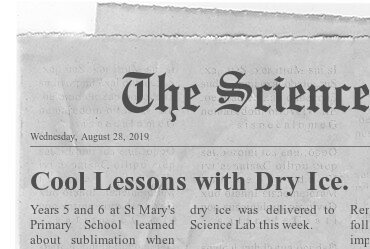






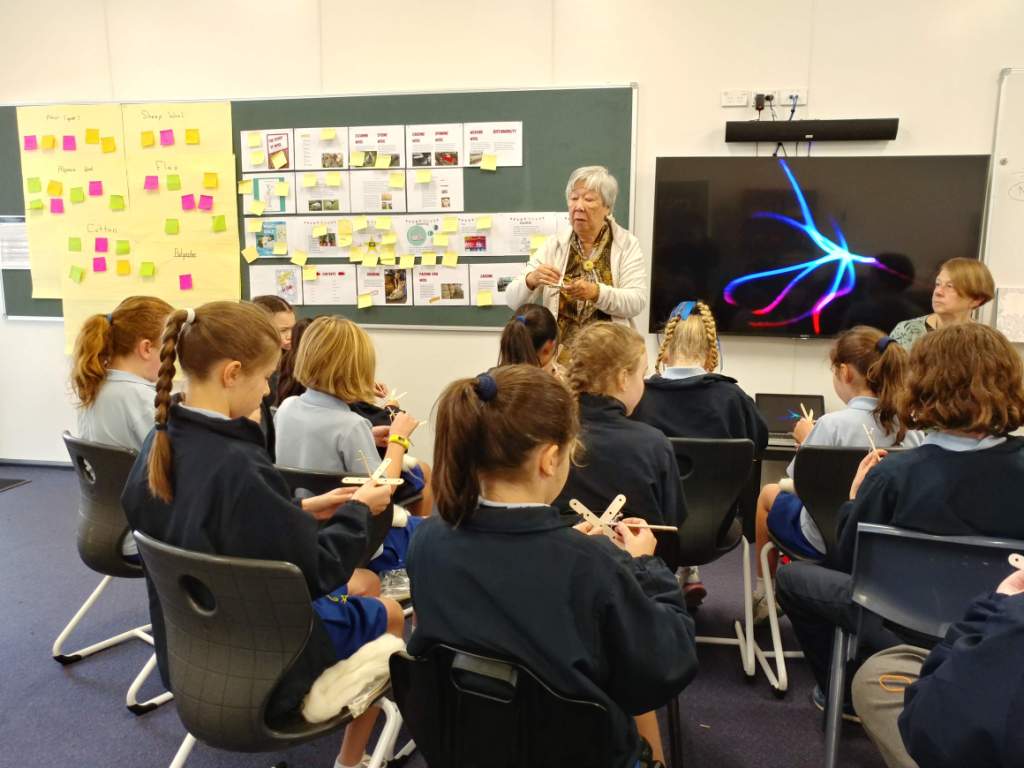


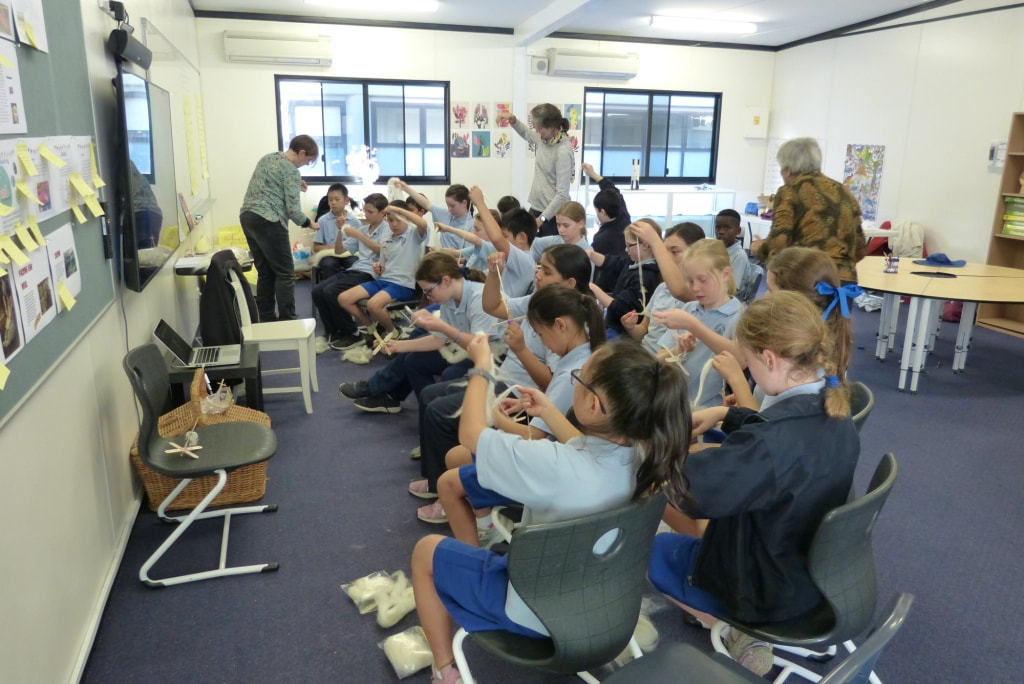


















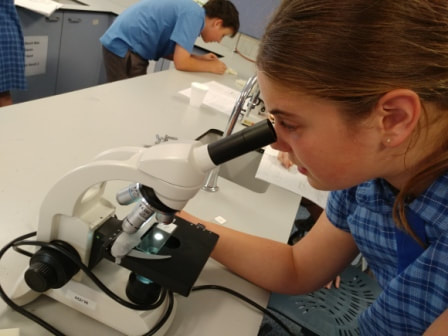



















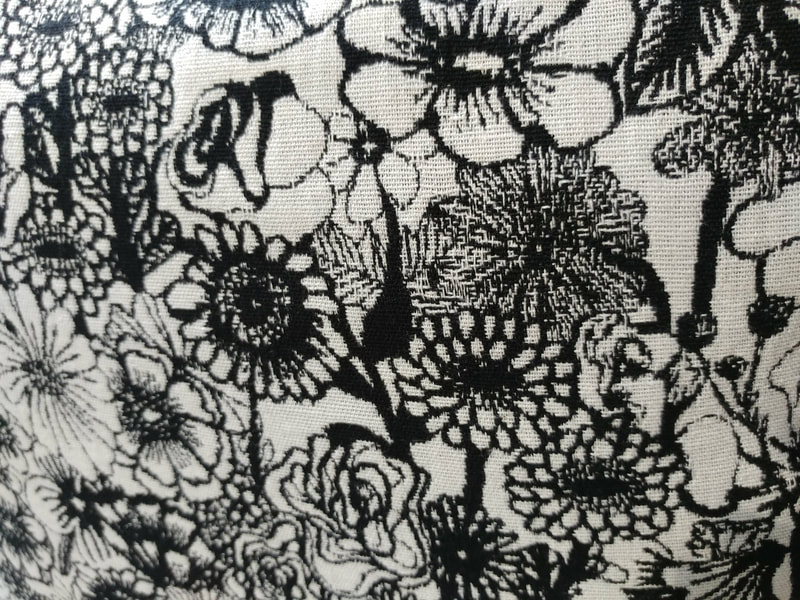


















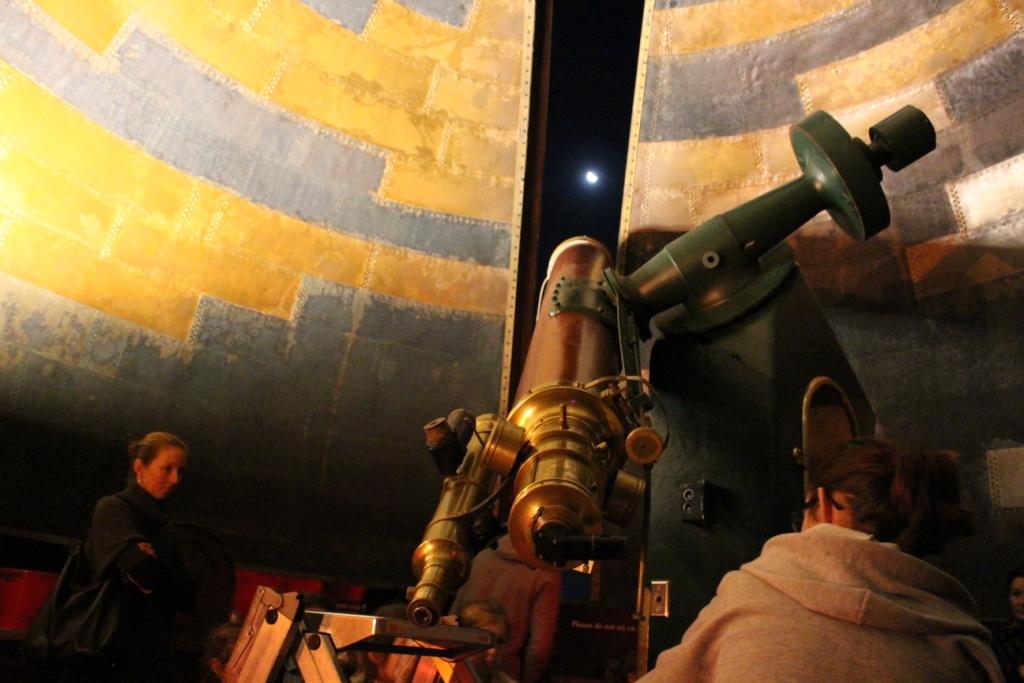

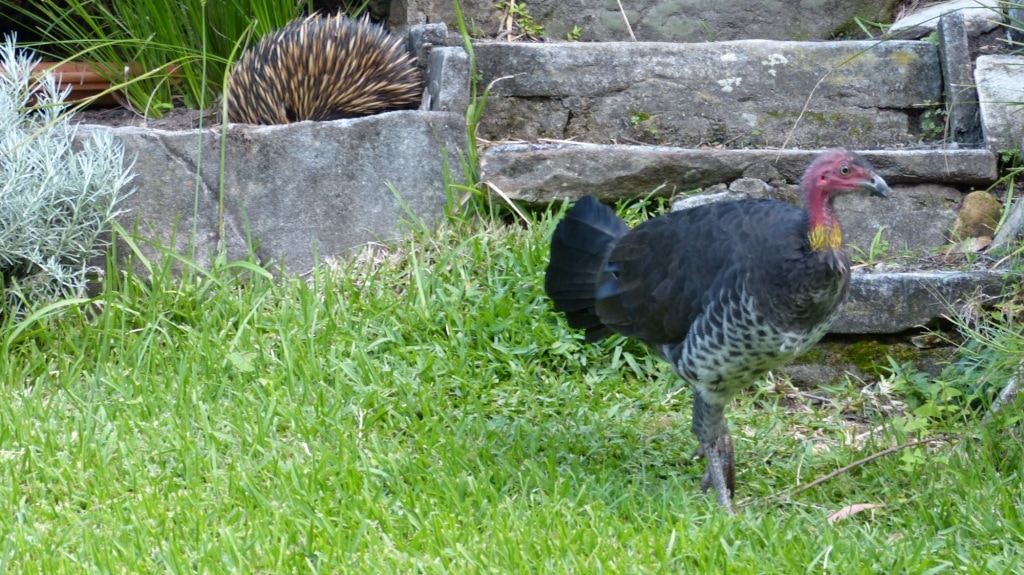


 RSS Feed
RSS Feed